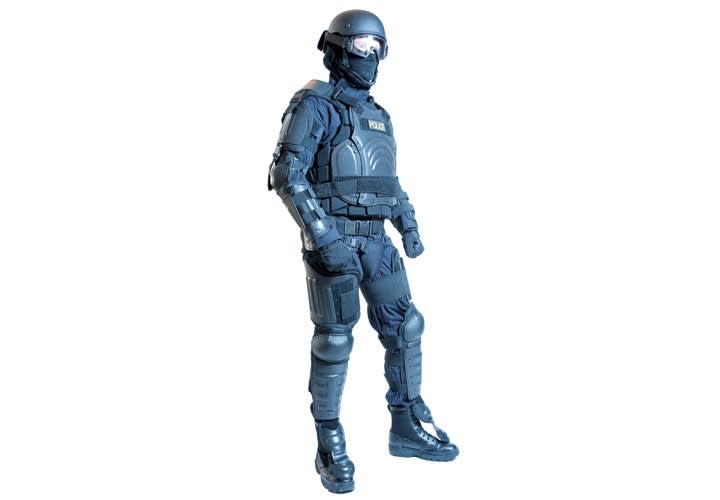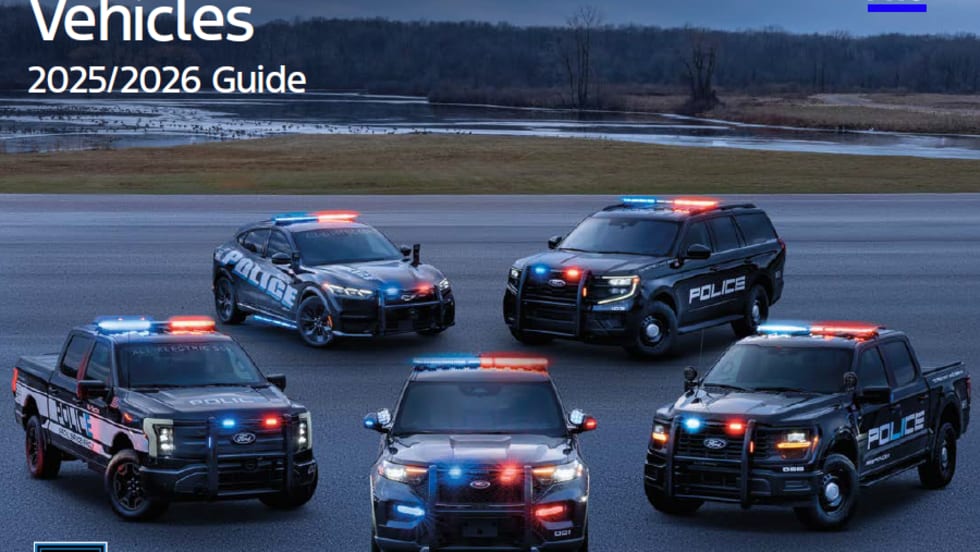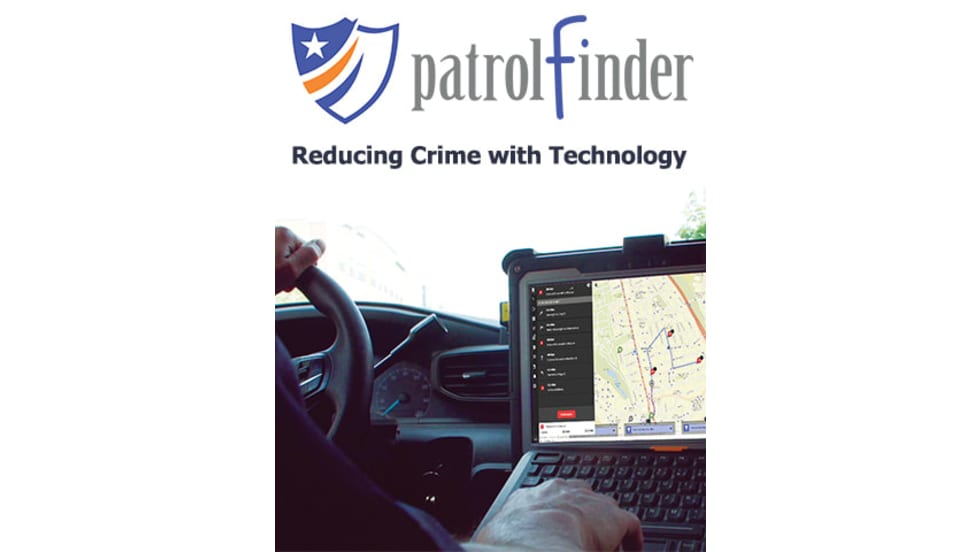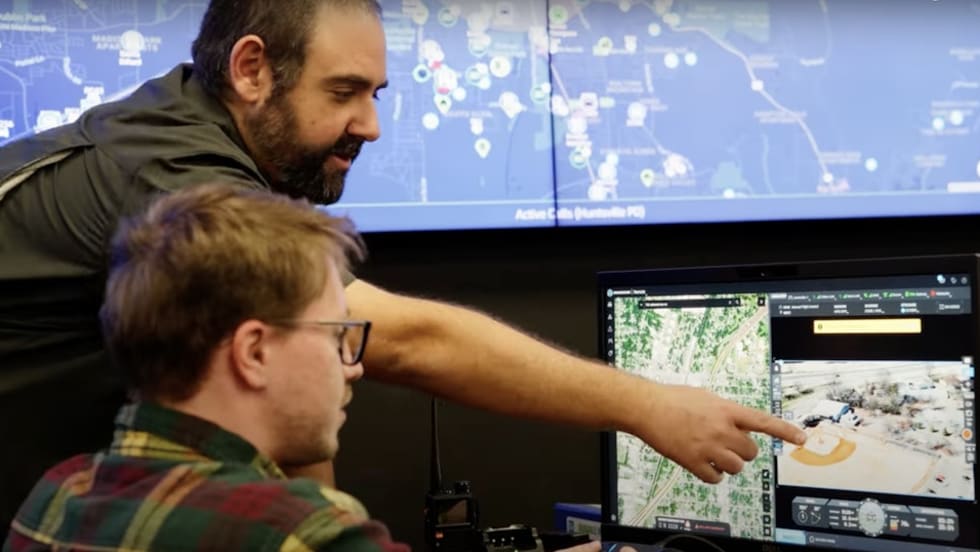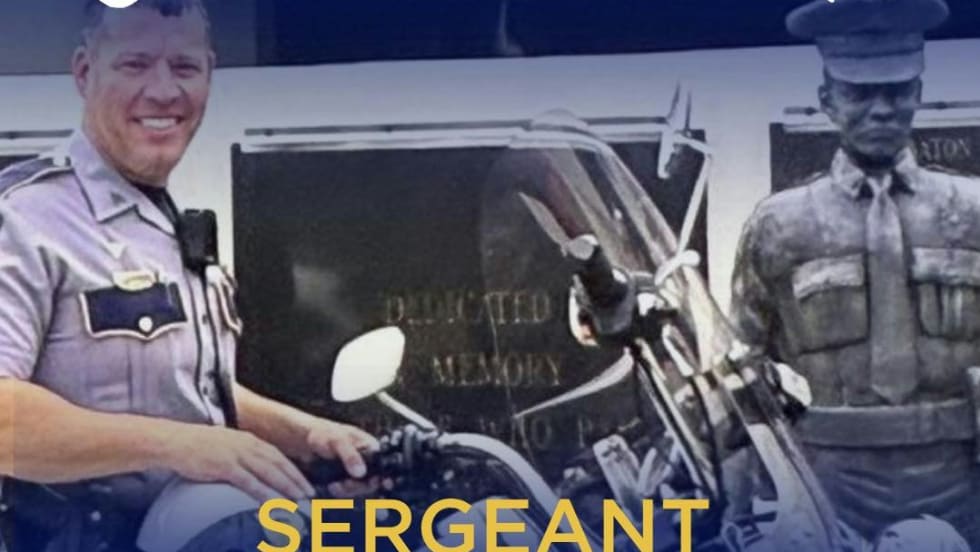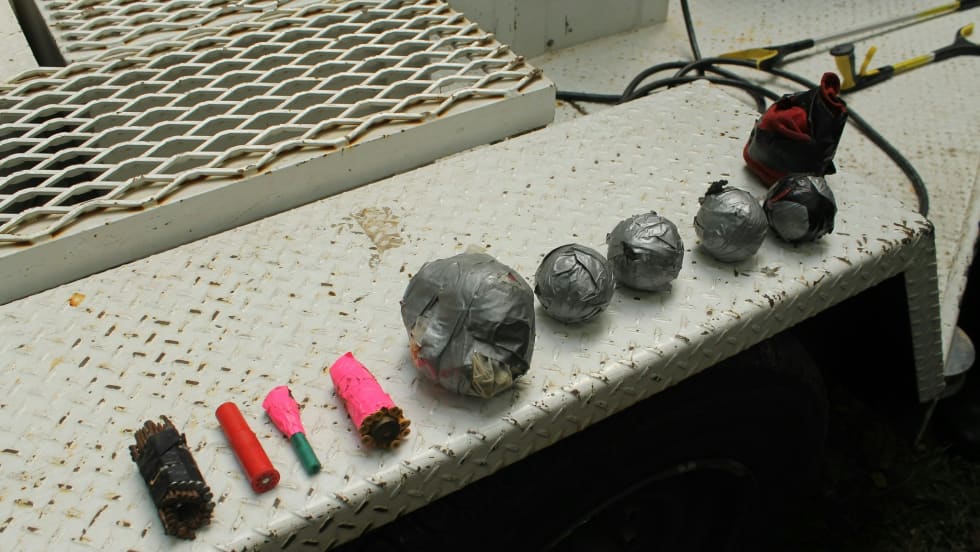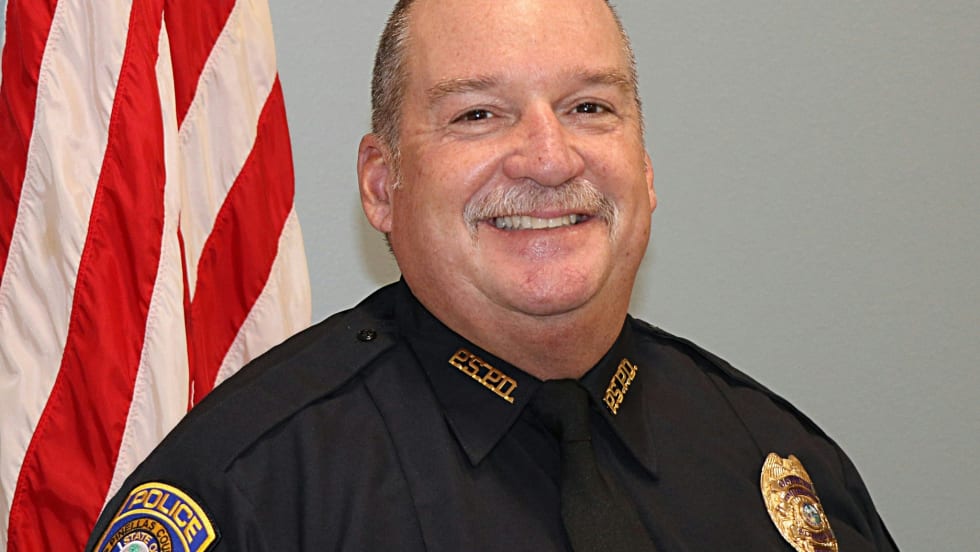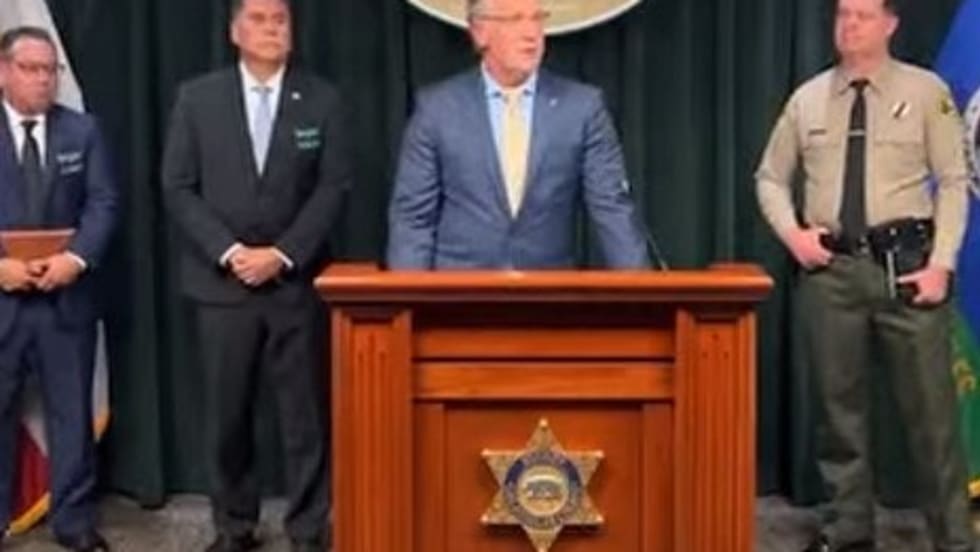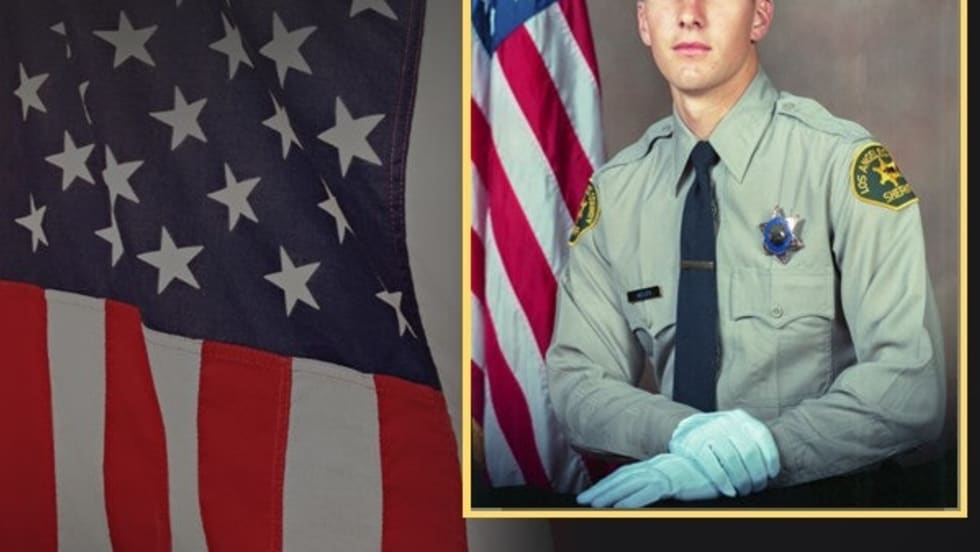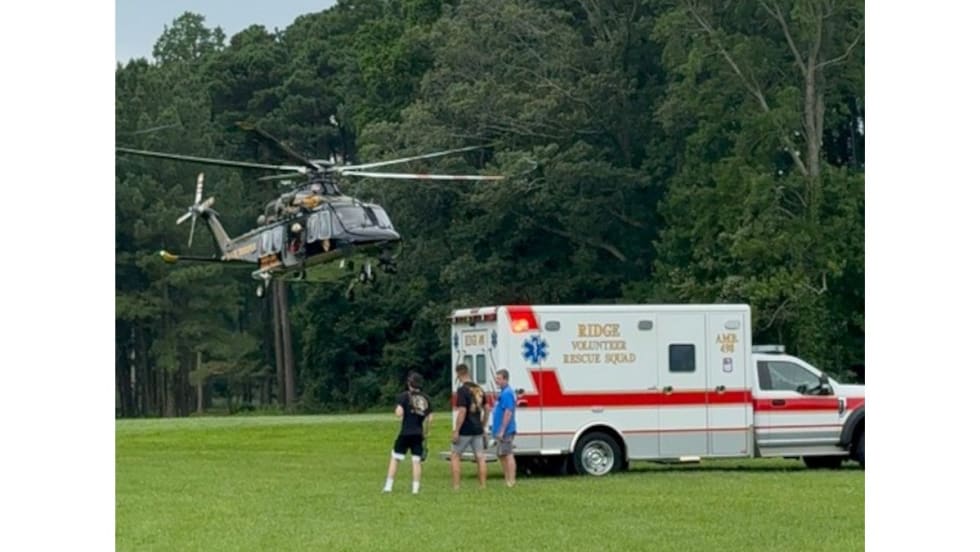The last few years have presented law enforcement agencies in Arizona with a series of unexpected crowd control challenges. First came protests of the state's illegal immigration control law known as SB 1070, then the Occupy Movement staged demonstrations in and around Phoenix, and finally the primaries and the election resulted in mass gatherings with the potential to become law enforcement problems. In reaction to these challenges, several Phoenix-area agencies decided to join with the state’s Department of Public Safety to create a regional team for crowd control operations.
"The concept was for every agency to have a core group of officers that can respond on a regional basis," says Lt. Todd Muilenberg of the Scottsdale Police Department. "Also when needed we can respond to help out DPS, Tempe, ASU (Arizona State University), or other agencies and all be on the same page with the same training and mostly the same equipment. The goal is to be interoperable so we can support each other."



